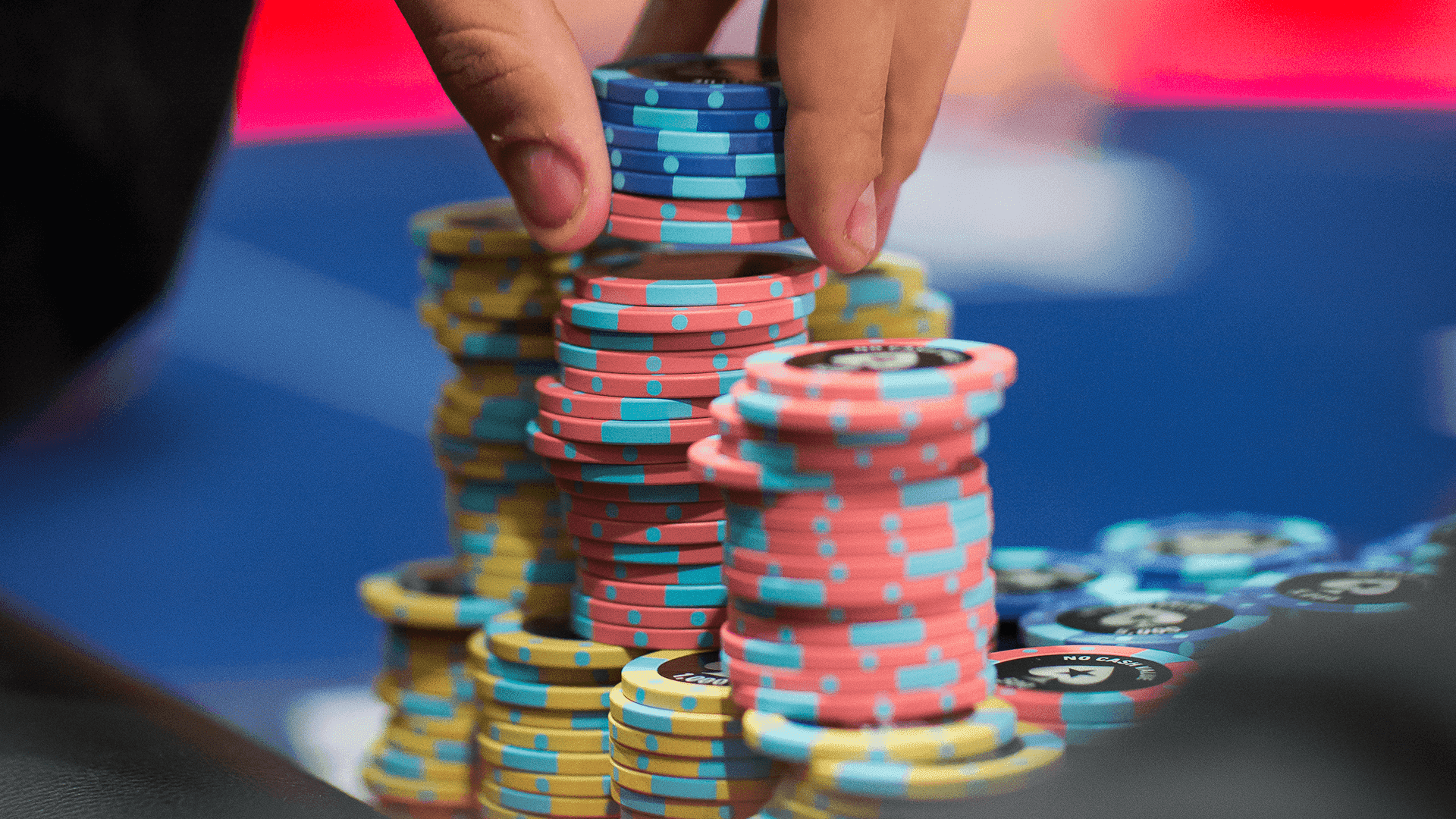
In the first article, we'll discuss a fairly simple idea in poker mathematics - pot odds. Understanding and applying this concept correctly will make decisions at the table easier and more profitable.
Pot Odds definition and calculation
Watch the full video: https://pokeriomokykla.com/video-pamokos/pot-odds-skaiciavimas-ir-keli-praktiniai-patarimai
Pot odds - the ratio of the opponent's bet to the current pot. This term is most commonly used to describe a situation where you need to call an opponent's bet with no pair(s), but with some kind of draw that can overtake the opponent's hand. For example:
Bank: 100 chips
Opponent's bet: 33 chips
Ranka:
Flop:
We have no pair, but we have the right cards in a Straight hand (5 and T). Would we make a profitable decision by raising the opponent's bet? Understanding pot odds makes it easy to solve this situation. If we know how many cards we have that are good enough to beat our opponent, we can calculate the profitability of the decision.
The most common outs and odds given
Calling your opponent's bet with draw allows us to count how many cards we have left in the deck. Of course, we can never know if a player has folded at least one of the cards that are good for us, so we always count as if we have all the outs. The table below shows the most common draws, their outs and the probability of them being filled with the next card.
| Draw | Outai | Probability |
| Gutshot | 4 | 8.5% |
| Straight | 8 | 17% |
| Flush | 9 | 19% |
| Straight/Flush | 15 | 31.9% |
Sometimes hitting a couple can be enough to get ahead of your opponent. In this case, we add 3 extra outs for each matching card (6 if both match, 3 if one). Knowing these probabilities, we can easily calculate the situations in which responding to an opponent's bet will be profitable. Below are the most common bet sizes and odds.
N.B. Calculating pot odds, we only mean the next card, not both, because we don't know the opponent's actions on the next street. The exception to this situation is the all-in flop, since we get both cards for that price.
| Building | Odds |
| 1/3 | 20% |
| ½ | 25% |
| 2/3 | 29% |
| ¾ | 30% |
| 1 | 33% |
| 1 ½ | 38% |
As we can see from comparing the tables, it seems that we almost never have odds to call a bet with our draw. In poker, things are not that simple and good players will usually call both a straight and a flush draw to a half-bet at least on the flop. Why we can deviate slightly from the exact mathematical game and still be profitable will be discussed in the next article - implied and reverse implied odds.





